Working with Databases Guide
This guide provides instructions on how to work with databases in our platform. There are several methods to manage and manipulate your databases.
Method 1: Content Tables
Navigate to the main dashboard of the platform.
From the left-hand side menu under the “Manage” section, select “DATABASES”.
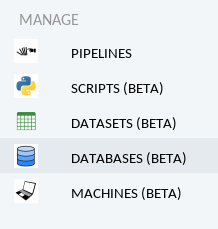
This will show a list of all connected databases. You’ll see the database name, type (dialect), and four methods for each database:
Get: Retrieves all tables from the selected database and creates a dark box for each table in the platform. These boxes can be used for further operations like select, update, insert, delete, etc.
Edit: Opens a new form with prefilled database connection details. You can change any field and press “Submit” to update the connection details.
Test: Tests the connection to the selected database.
Remove: Removes the connection to the selected database.
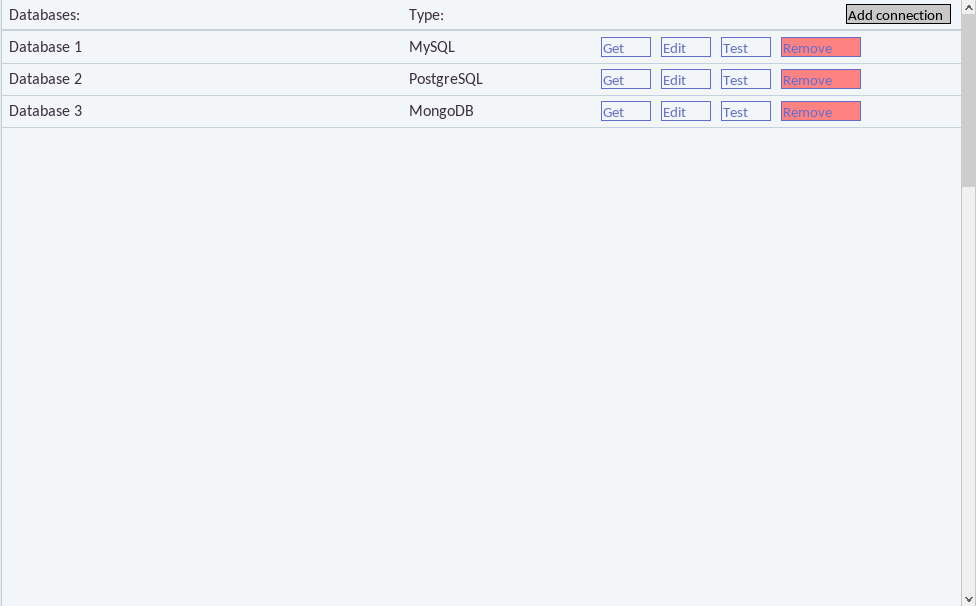
Method 2: Using Database Node
From the left-hand side menu under the “Build” section, select “DATA SOURCES”.
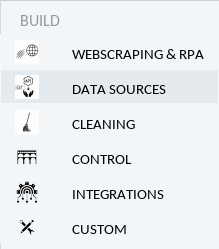
Then, select “Add Database”. This will create a new database node which can be used for further operations.
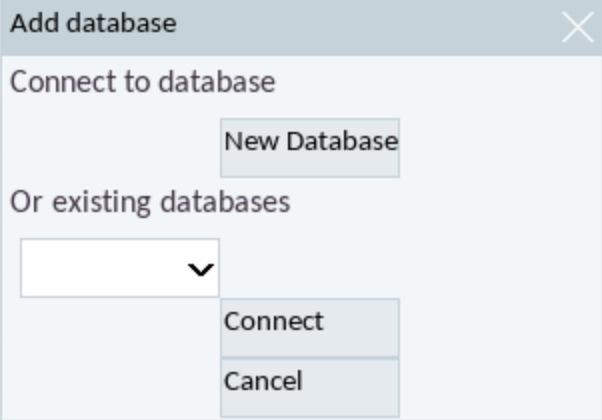
Method 3: Using Database Operation Nodes
In the left-hand side menu under the “Build” -> “DATA SOURCES” section, you will find nodes called “DB Select”, “DB Insert”, “DB Update”, “DB Delete”, “DB Query”, etc.
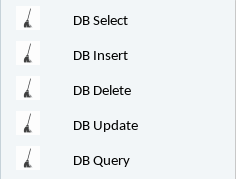
Click on the node based on the operation you want to perform. For example, if you want to select from a database, click “DB Select”. This will create a “DB Select” node and open a form on the right side of the platform.
Database: Choose the database from which to select data.
From: Choose the table from which to select data. To select all columns, use the “*”.
Select: Enter the columns to select, separated by commas.
Where section: Enter the conditions for the operation.
Column: Enter the column for the WHERE condition.
Operator: Select the operator for the WHERE condition (e.g., <, >, =).
Value: Enter the value for the WHERE condition. The query will select rows where the column “operator” value condition is met.
Limit: Enter the maximum number of rows to retrieve.
New Variable: Enter the name of the new variable. This will hold the selected dataframe.
